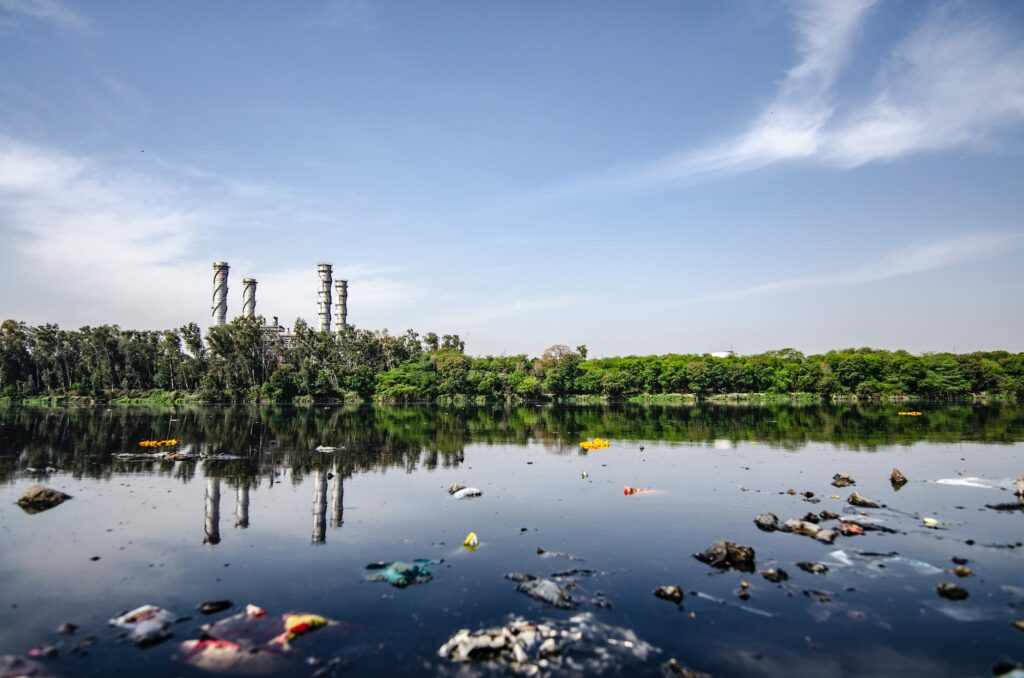If you own an industrial plant or business that produces hazardous materials, staying up to date on all the relevant regulations for disposal is critical. With proper waste management and compliance with federal, state, and local laws, businesses can avoid fines due to violations. In this blog post, we will provide a comprehensive guide answering some of your most pressing questions about hazardous industrial waste removal — what it entails, why it’s important, how it works, and more.
Overview of Hazardous Industrial Waste
Hazardous industrial waste is a severe concern for the environment and public health. As a result, governments worldwide have established regulations to curb its negative impact. The Resource Conservation and Recovery Act (RCRA) sets the framework for hazardous waste solutions in the United States. It requires companies and organizations generating dangerous waste to identify, store, and dispose of it properly. The Environmental Protection Agency (EPA) also develops guidelines in addition to RCRA, regulating hazardous waste transportation, treatment, and storage. As a result, businesses must allocate proper resources and time to ensure compliance with these regulations and prevent harm to the environment and people.
Types of Industrial Waste Materials and Disposal Requirements
Industrial waste materials come in various types, requiring proper disposal to avoid environmental harm. Hazardous waste, for instance, requires special disposal techniques as it significantly threatens living organisms and the ecosystem. These materials include mercury-containing equipment, solvents, and batteries, among others. Non-hazardous waste, on the other hand, calls for different disposal requirements.
There is a growing need for proper disposal and management of industrial waste materials to mitigate environmental harm and potential health hazards. While hazardous waste, such as mercury-containing equipment, solvents, and batteries, necessitates specialized disposal techniques, non-hazardous waste can be repurposed or treated for utilization in other industries, promoting sustainability.
One effective method for industrial waste management is hydro excavation, which employs pressurized water and a vacuum system to safely and efficiently remove and handle various types of waste materials. This technique is particularly useful for excavating and extracting underground utilities, such as pipes, cables, and tanks, without risking damage to the surrounding infrastructure. Therefore, hydro excavations can minimize the risk of accidental utility strikes, ensuring worker safety and preventing environmental contamination.
In addition to hydro excavation, there are several other industrial waste management methods tailored to specific waste types and industrial processes. Landfills, which are carefully designed and engineered to contain and isolate waste materials, are commonly used for the disposal of non-hazardous solid waste. Incineration, on the other hand, is a thermal treatment process that reduces the volume of waste materials through combustion, often employed for certain types of hazardous waste.
By understanding and implementing suitable techniques, industries can mitigate environmental risks, promote worker safety, and contribute to a more sustainable future.
Understanding the Environmental Protection Agency Regulations
The Environmental Protection Agency (EPA) is a federal agency responsible for protecting human health and the environment. Understanding the EPA regulations is essential to ensuring the safety of our environment, wildlife, and communities. The EPA regulates everything from air and water quality to hazardous waste management and chemical safety. By enforcing these regulations, the agency ensures that companies and individuals do their part to protect the environment.
Local, State, and Federal Laws Related to Hazardous Waste Removal
Hazardous waste removal is a topic that spans all levels of government. Locally, cities and counties regulate the storage, transportation, and disposal of hazardous materials generated within their jurisdiction. State laws build upon these regulations by creating more stringent requirements for hazardous waste management and providing enforcement mechanisms to ensure compliance. Finally, federal laws oversee the entire process, from creating hazardous waste to its final disposal. Understanding the complex web of laws and regulations related to hazardous waste removal is essential for ensuring a safe and healthy environment for both people and wildlife.
How to Comply with Industrial Waste Regulations
Ensuring compliance with hazardous industrial waste regulations is crucial for maintaining a safe and sustainable work environment. To comply with these regulations, it is important first to identify the hazardous waste produced by your facility and properly label it. Next, you need to properly store the waste in a designated area that is secure and not accessible to unauthorized individuals. Additionally, it’s important to document the generation and disposal of hazardous waste by keeping accurate records. Finally, ensure employees who handle hazardous waste are properly trained and understand the regulations to prevent accidents.
Tips to Stay Compliant Regulations
Staying compliant with hazardous waste regulations is essential not only for the environment but also for business operations. Failure to comply can result in heavy fines or even legal action. To ensure your organization remains compliant, there are several tips to follow. Firstly, properly categorizing waste products based on their hazard level is crucial. Secondly, proper storage and labeling of hazardous waste products are essential. Thirdly, ensure hazardous waste is disposed of or recycled appropriately. Finally, regular employee training on hazardous waste handling and disposal is necessary to ensure all staff members are aware of and adhering to the regulations.
Overall, complying with hazardous industrial waste regulations can seem difficult and overwhelming. However, following the right guidelines will help you remain compliant and protect your business from facing hefty fines and other risks associated with non-compliance. Take the time to understand the hazards of different materials and create an effective hazardous waste removal process that follows state, federal, and local regulations and EPA criteria. Additionally, ensure your employees are educated on potential safety risks associated with hazardous industrial waste removal.

